There is a huge volume of new information for the agricultural sector to digest in the new CAP Strategic Plan.
The new concept of “space for nature” (SFN) has got out of the traps ahead of many other new elements, allowing farmers to come to terms with its meaning and significance.
This phrase essentially covers areas devoted to delivering a biodiversity benefit or certain protected landscape features.
Linear features, such as hedges, drains, stone walls and margins in arable parcels, will be eligible, along with, for example, area features such as habitat, patches of scrub, rock, trees and woodland.
Eco schemes
The percentage of SFN on a farm has big implications for many CAP requirements including satisfying eco schemes.
One new eco scheme called Agricultural Practice 1 which has now become commonly known as SFN will be satisfied if a farmer has at least 7% SFN on their holding.
Agricultural Practice 1 can also be used to satisfy the two eco scheme measure requirements and avail of full eco scheme payment where a farmer has at least 10% SFN on their holding. In such a scenario, farmers will not be required to carry out any other measures to receive their payment.
The Department estimates that in the region of 92-93% of farmers can avail of this eco-scheme measure to claim full payment. Such a high level of compliance was not foreseen when the CAP Strategic Plan was being finalised.
As such the Department of Agriculture’s David Buckley says, it is possible that the European Commission may push for higher SFN targets in the future, but for now most farmers can rest easy that they will be able to at least apply for the eco-scheme payments for a couple of years via SFN.
Conditionality replaces
cross-compliance
Firstly, the current cross-compliance regulations are being replaced by conditionality.
Under conditionality, every farmer is required to have at least 4% of their holding dedicated as SFN under measure eight of good agriculture and environment condition (GAEC). The GAECs are statutory requirements and must be adhered to.
Analysis carried out by the Department shows that there is a small number of farmers, likely fewer than 300 holdings, who do not currently satisfy the 4% minimum figure. In many cases these are vast areas of hill or mountainous lands.
The Department has been working to provide a solution for such and there is a proposal currently being finalised to allow such areas to be categorised similar to forestry and peatland, for example, which are exempt from the 4% target as explained below.
Non-eligible features
Under conditionality, the Department advises that GAEC 8 SFN estimates exclude commonage, forestry, GAEC 2 (wetlands and peatland protection) and GAEC 9 (environmentally sensitive permanent grassland).
Holdings possessing only lands which are excluded from contributing to GAEC 8 requirements will be deemed to automatically meet their GAEC conditionality requirement.
A number of changes were made to the eco-scheme programme initially proposed, and it is reported that this was undertaken to increase the environmental ambition of eco schemes.
As such, areas including commonage, natura 2000 lands, forestry, GAEC 2 (wetlands and peatlands) and GAEC 9 (environmentally sensitive permanent grasslands) cannot be counted as SFN.
However, non-productive features such as hedgerows, drains, stonewalls, scrub, etc, located in these areas can count towards the SFN area calculated.
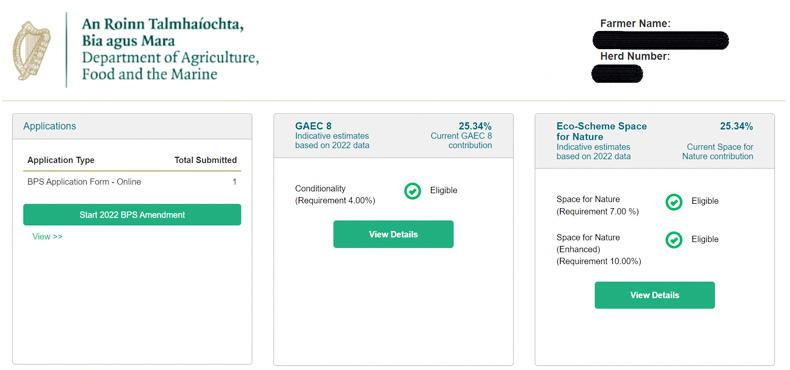
Farmers can now check the area classified as space for nature via their agfood.ie account.
Measures that deliver a biodiversity benefit under the impending Agri-Climate Environment Scheme (ACRES) will not contribute to GAEC 8 or eco-scheme requirements.
These include planting a new hedgerow, planting a traditional orchard, planting trees in riparian buffer zones, tree belts for ammonia capture from farmyards and tree planting.
Native trees or hedgerows planted in 2023 under agricultural practice 4 in the eco scheme will not contribute to the SFN percentage in the year of planting but may, however, contribute in subsequent years.
Farmers will be in a position to increase their SFN area by adopting such practices.
Confirming SFN areas
Preliminary estimates, which have been available online on the agfood.ie portal for some time, will be live once the Basic Income Support for Sustainability opens for applications.
Farmers will be asked to confirm this assessment or make changes to these features where they see necessary. This could include amending incorrectly marked landscape features or adding in features which are missing from maps such as hedgerows, stone walls, drains etc.
This will be an important process for farmers and advisers to complete accurately, as it will set the baseline for recording landscape features on farms.
There is a huge volume of new information for the agricultural sector to digest in the new CAP Strategic Plan.
The new concept of “space for nature” (SFN) has got out of the traps ahead of many other new elements, allowing farmers to come to terms with its meaning and significance.
This phrase essentially covers areas devoted to delivering a biodiversity benefit or certain protected landscape features.
Linear features, such as hedges, drains, stone walls and margins in arable parcels, will be eligible, along with, for example, area features such as habitat, patches of scrub, rock, trees and woodland.
Eco schemes
The percentage of SFN on a farm has big implications for many CAP requirements including satisfying eco schemes.
One new eco scheme called Agricultural Practice 1 which has now become commonly known as SFN will be satisfied if a farmer has at least 7% SFN on their holding.
Agricultural Practice 1 can also be used to satisfy the two eco scheme measure requirements and avail of full eco scheme payment where a farmer has at least 10% SFN on their holding. In such a scenario, farmers will not be required to carry out any other measures to receive their payment.
The Department estimates that in the region of 92-93% of farmers can avail of this eco-scheme measure to claim full payment. Such a high level of compliance was not foreseen when the CAP Strategic Plan was being finalised.
As such the Department of Agriculture’s David Buckley says, it is possible that the European Commission may push for higher SFN targets in the future, but for now most farmers can rest easy that they will be able to at least apply for the eco-scheme payments for a couple of years via SFN.
Conditionality replaces
cross-compliance
Firstly, the current cross-compliance regulations are being replaced by conditionality.
Under conditionality, every farmer is required to have at least 4% of their holding dedicated as SFN under measure eight of good agriculture and environment condition (GAEC). The GAECs are statutory requirements and must be adhered to.
Analysis carried out by the Department shows that there is a small number of farmers, likely fewer than 300 holdings, who do not currently satisfy the 4% minimum figure. In many cases these are vast areas of hill or mountainous lands.
The Department has been working to provide a solution for such and there is a proposal currently being finalised to allow such areas to be categorised similar to forestry and peatland, for example, which are exempt from the 4% target as explained below.
Non-eligible features
Under conditionality, the Department advises that GAEC 8 SFN estimates exclude commonage, forestry, GAEC 2 (wetlands and peatland protection) and GAEC 9 (environmentally sensitive permanent grassland).
Holdings possessing only lands which are excluded from contributing to GAEC 8 requirements will be deemed to automatically meet their GAEC conditionality requirement.
A number of changes were made to the eco-scheme programme initially proposed, and it is reported that this was undertaken to increase the environmental ambition of eco schemes.
As such, areas including commonage, natura 2000 lands, forestry, GAEC 2 (wetlands and peatlands) and GAEC 9 (environmentally sensitive permanent grasslands) cannot be counted as SFN.
However, non-productive features such as hedgerows, drains, stonewalls, scrub, etc, located in these areas can count towards the SFN area calculated.

Farmers can now check the area classified as space for nature via their agfood.ie account.
Measures that deliver a biodiversity benefit under the impending Agri-Climate Environment Scheme (ACRES) will not contribute to GAEC 8 or eco-scheme requirements.
These include planting a new hedgerow, planting a traditional orchard, planting trees in riparian buffer zones, tree belts for ammonia capture from farmyards and tree planting.
Native trees or hedgerows planted in 2023 under agricultural practice 4 in the eco scheme will not contribute to the SFN percentage in the year of planting but may, however, contribute in subsequent years.
Farmers will be in a position to increase their SFN area by adopting such practices.
Confirming SFN areas
Preliminary estimates, which have been available online on the agfood.ie portal for some time, will be live once the Basic Income Support for Sustainability opens for applications.
Farmers will be asked to confirm this assessment or make changes to these features where they see necessary. This could include amending incorrectly marked landscape features or adding in features which are missing from maps such as hedgerows, stone walls, drains etc.
This will be an important process for farmers and advisers to complete accurately, as it will set the baseline for recording landscape features on farms.





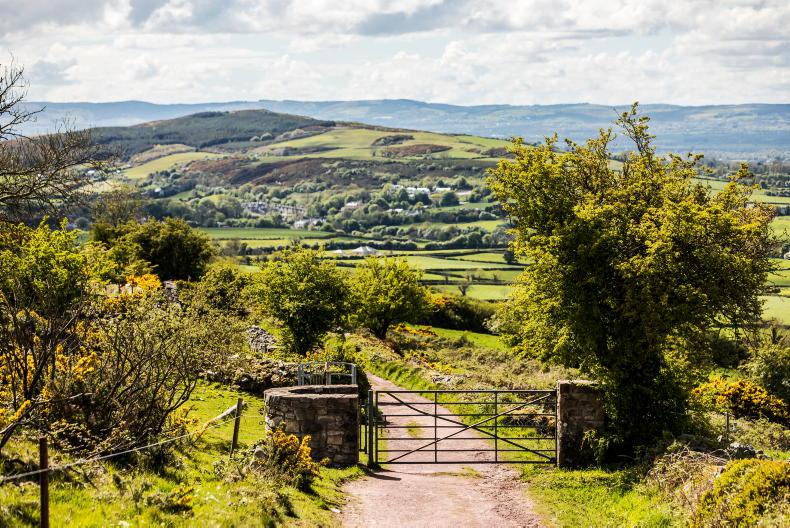


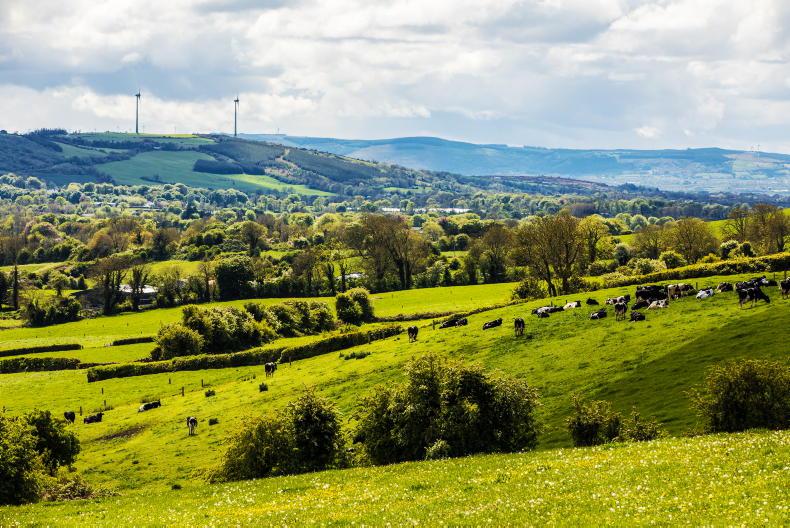
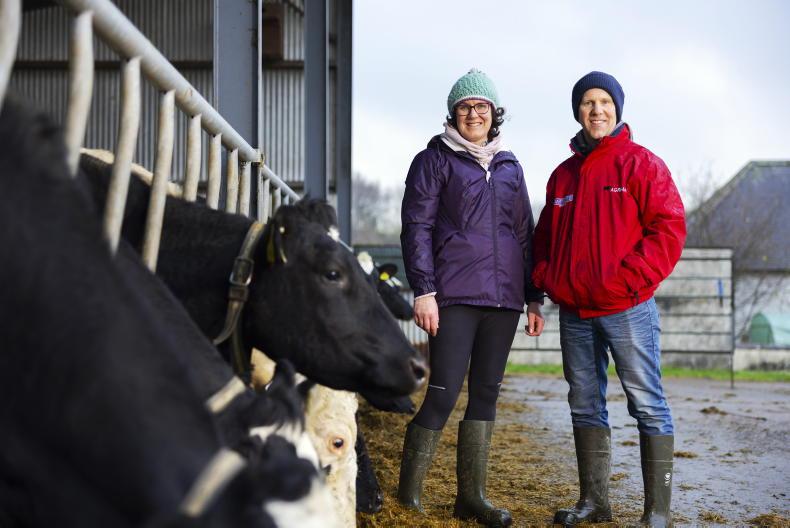
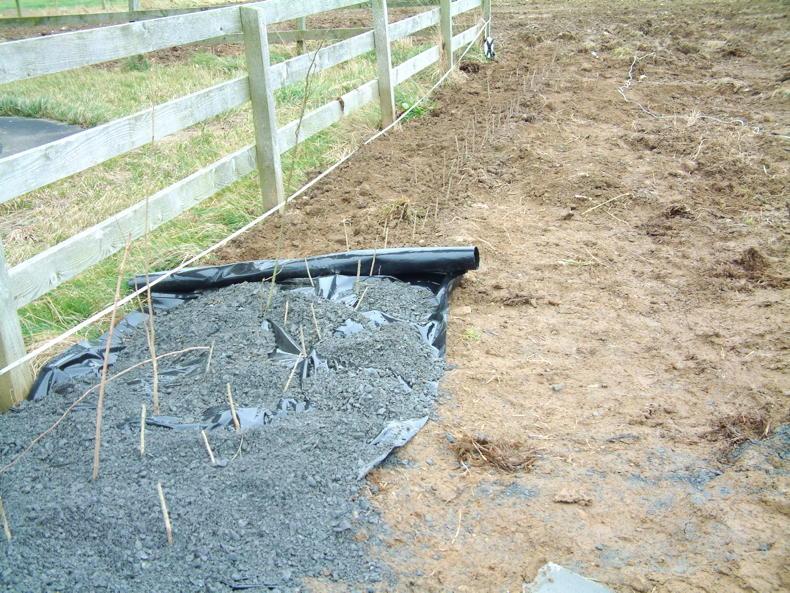
SHARING OPTIONS